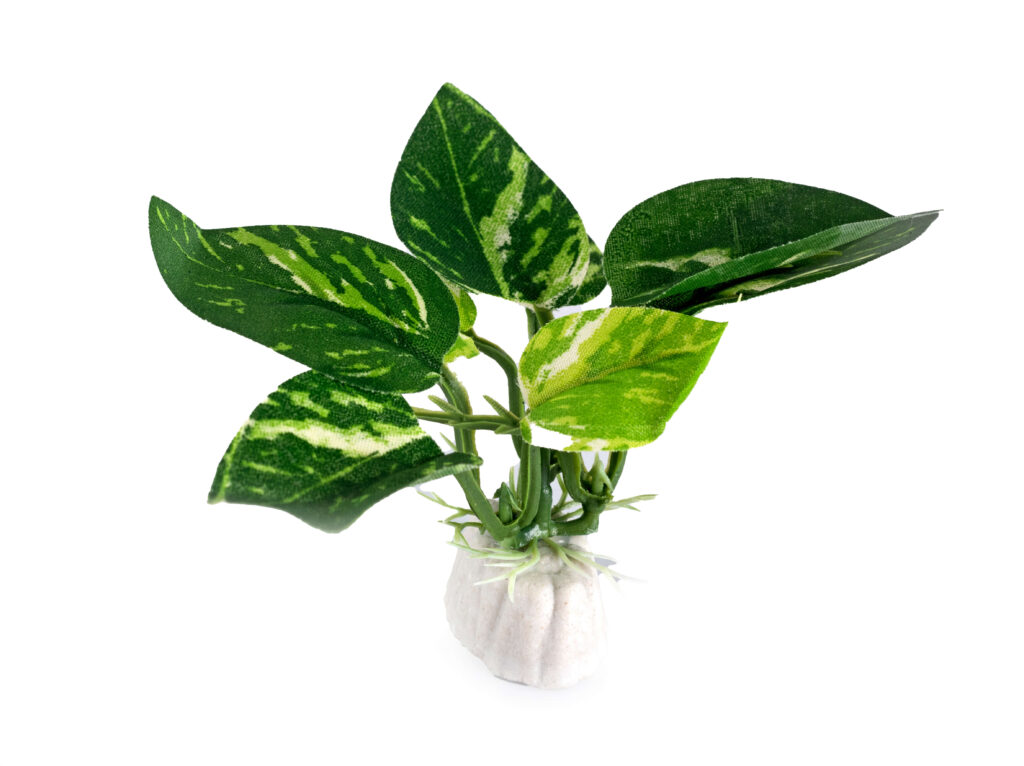Why Are Your Pothos Leaves Turning Yellow? Causes and Solutions

Pothos plants, often dubbed the “beginner-friendly houseplant,” are appreciated for their vibrant trailing foliage and air-purifying qualities. But even the most tough plants can be affected by issues and the appearance of yellowed leaves is a common concern among pothos owners. If you’ve noticed your Pothos plant yellow leaves problem, it’s more than simply a cosmetic issue, it’s a signal that something is wrong with your plant care routine and requires adjustment.
This guide will examine the main reasons why the pothos plant leaves turn yellow and provide actionable solutions for every problem. By the end of this post, you’ll have all the information you require in order to maintain your garden looking good and lush.
Common Causes of Pothos Plants Yellow Leaves.
1. Overwatering
One of the most frequent culprits behind yellow leaves on pothos plants is overwatering.
Symptoms of Overwatering:
- Leaves turning yellow and feeling soft or mushy.
- Droopy or wilting foliage despite the soil appearing wet.
- A sour or musty smell coming from the soil, indicating root rot.
Prevention and Remedies:
- Make sure you are following your timetable for watering: Pothos plants prefer their soil to dry slightly between irrigations. Place your finger around 1-2 inches into the soil; If it’s dry, it’s time to water.
- Use the right planter and pot: Make sure your Pothos are planted in a drainage-friendly potting soil and a pot with drainage holes. The excess water must have a way to drain to avoid root growth that is too wet.
- Find root decay: If root rot is detected (black or soft roots) cut off the damaged areas and repot your plant with fresh soil. As you move forward, water the plant more sparingly to prevent the recurrence.
2. Underwatering
While overwatering is more common, underwatering can also result in yellowing leaves.
Symptoms of Underwatering:
- Leaves turning yellow, curling, or browning at the edges.
- Dry, cracked soil that pulls away from the sides of the pot.
- A sudden dropping of leaves or slowed growth.
Prevention and Remedies:
Create a consistent routine for watering:
The pothos should be watered when the soil’s top layer is dry. In warmer months it is possible that your plant requires water more often.
When watering, ensure that you soak the roots thoroughly until water runs out of these drainage holes. This ensures the roots receive adequate irrigation.
Environmental aspects:
Dry, hot air generated by heaters or direct sunlight can dry the soil quicker. Modify your watering schedule if necessary to meet the needs of these conditions.

3. Lack of Sunlight
Lack of light can disrupt the photosynthesis process, leaving your pothos with yellow, pale leaves.
Symptoms:
- Leaves losing their vibrant green color and take an orange hue.
- Long, leggy stems that the plant spreads out towards any light source.
- Reduced variegation on the leaves.
Prevention and Remedies:
- Place in bright indirect light Pothos flourish in bright, indirect light. They can tolerate light levels that are low but can be a struggle over time. Be sure to place your plant close to a window or space that has the ability to filter sunlight.
- The plant should be rotated: The pothos should be rotated regularly so that it can get even light exposure on all the sides.
- Grow lights as a supplement: If natural light isn’t enough, particularly during the winter months, you need to invest in a high-quality grow light to help support your plant’s health.
4. Nutrient Deficiency
Another reason that could be behind yellow leaves is a lack of the essential nutrient’s magnesium, nitrogen, or iron.
Symptoms of Nutrient Deficiency:
- The older leaves show uniform yellowing. leaves, while the newer leaves remain green.
- Stunted growth or unhealthy-looking new leaves.
Prevention and Remedies:
- Feeding regularly: Apply a liquid fertiliser that is balanced specifically designed for houseplants. Apply it every 4-6 weeks throughout summer and spring (spring and the summer).
- Clear the soil Sometimes, an excessive accumulation of salts resulting from fertilizer can cause nutrient lockout. The soil should be sprayed with water each month to flush out salts.
- balanced nutrients: Opt for a houseplant-specific fertilizer that contains adequate elements like nitrogen (for leaves) and magnesium (for chlorophyll production).
5. Pests
Pothos plants may be pest-resistant, they aren’t immune. Certain pests, like spider mites and mealybugs, can produce leaf discoloration.
Symptoms of Pests:
- Patches or spots of yellow on leaves. They are also accompanied with webbing (in the case that spider mites are involved).
- White, cotton-like clusters on stems and leaves.
SPrevention and Remedies:
- Make sure to check your plant regularly: Check both the leaf’s top and underside for any signs of insects.
- Introduce natural solutions: Use neem oil or insecticidal soap sprays to rid your home of insects. Make sure you have adequate ventilation and stay clear of excessive watering because it could draw insects.
- Maintain an appropriate humidity Pothos flower thrives in moist environments. If your house is very dry, consider misting your plants frequently or by using an air humidifier.
- Prune frequently: Snip off any dead, yellow, damaged and dying leaves. This will stimulate new growth and make sure the plant remains healthy.
- Repot if necessary: If your pothos exceeds its capacity, or is root-bound, transfer it to an even bigger pot to allow for expansion.
Bring Back the Green to Your Pothos Leaves
Pothos plants that are yellow do not have to be an unsolved mystery or situation. If you understand the cause and work to address these issues, you’ll be in a position to ensure that your plant’s health is maintained as an impressive central area. It doesn’t matter if you’re altering the frequency, are able to water your pot, move it to a brighter area or adding a sprinkle of fertilizer in the mix, even small changes can result in dramatic improvement in the health of your pothos.

Hi! My name is imran a dedicated gardener and lover of plants determined to bring the pleasure of gardening to everyone. With over a decade of knowledge, I’ve studied a range of questions that range from organic gardening techniques to the latest advancements in the area that concerns house plants. The site is an most reliable source to start your own private garden, regardless of the level of expertise you have. Join me in celebrating natural beauty and the art of gardening form!
